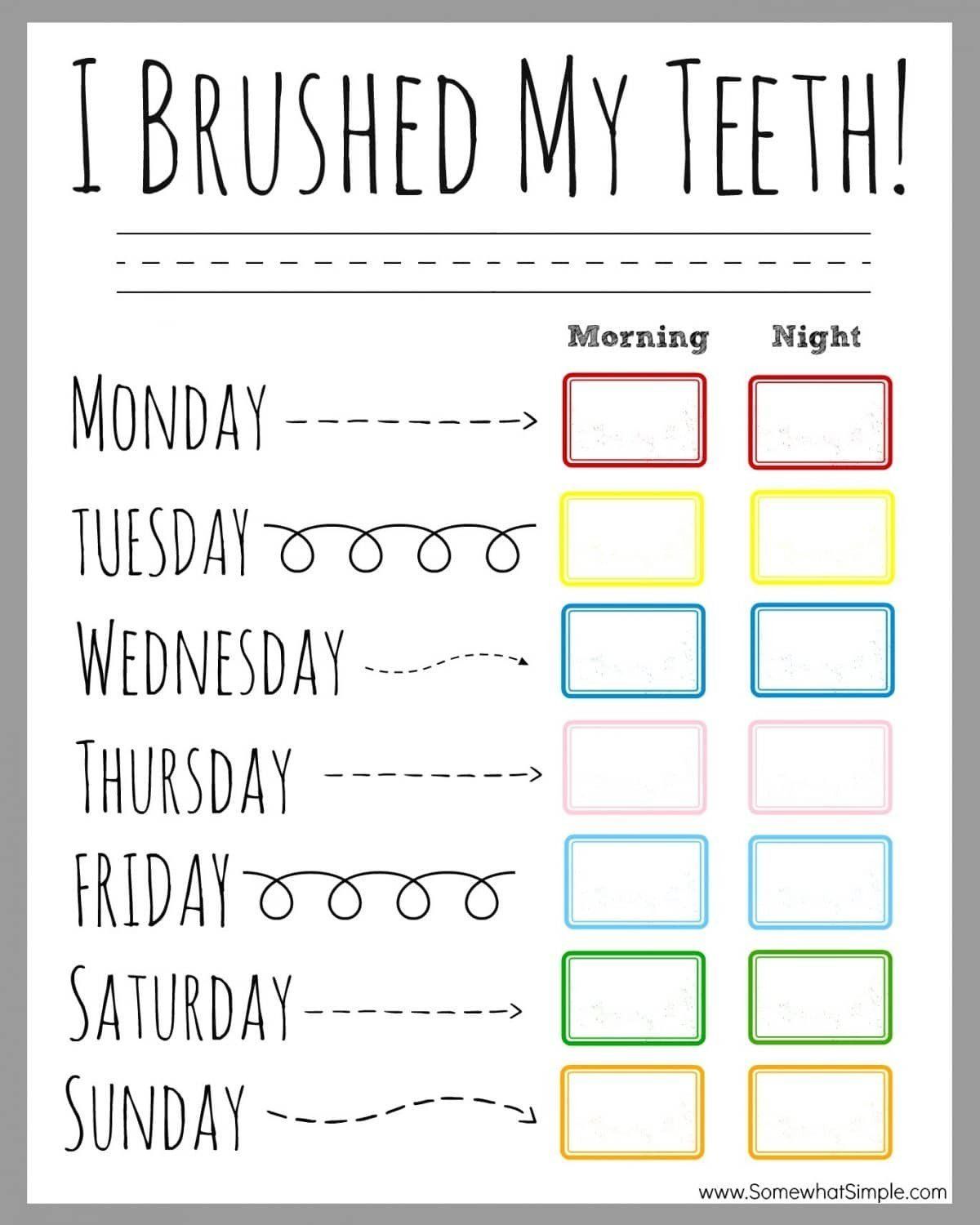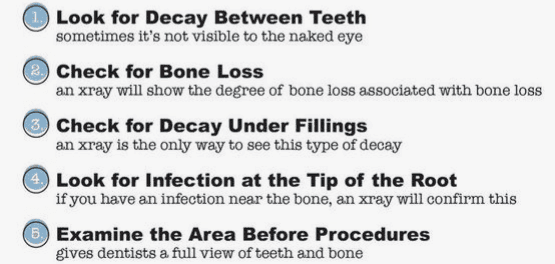What does your tongue say about your health?
- By Jennifer Lotfy
- •
- 22 Jan, 2018
- •
Bumps, patches, and spots in your mouth can be harmless - sometimes, they can give clues to what’s going on with your overall health. Infections, stress, medication issues, and even aging can make their marks on your tongue. Find out what your tongue is telling you and when you should see your dentist.
Creamy white spots could be thrush, a fungal infection (shown below). It often happens after an illness or medications throw off the balance of bacteria in your mouth. White patches that look lacy could be lichen planus, which means your immune system is attacking the tissues in your mouth. If you see hard, flat, white areas that can’t be scraped away, it could be leukoplakia, which is linked to cancer. Let your dentist know about any white patches you see.
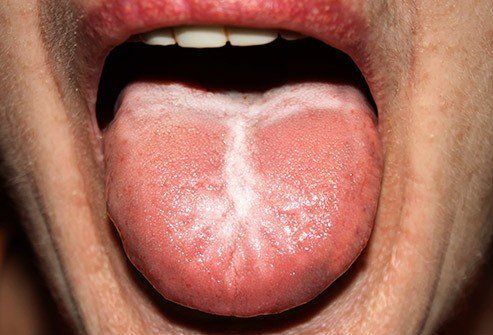
If your tongue has a coating that looks like black, brown, or white fur, you might have hairy tongue. Those “hairs” are proteins that turn normal, small bumps into longer strands, where food and bacteria get caught. It should go away when you brush or scrape your tongue. If you have hairy, white patches that you can’t scrape off, it might be oral hairy leukoplakia. It can happen to people infected with viruses like Epstein-Barr or HIV.
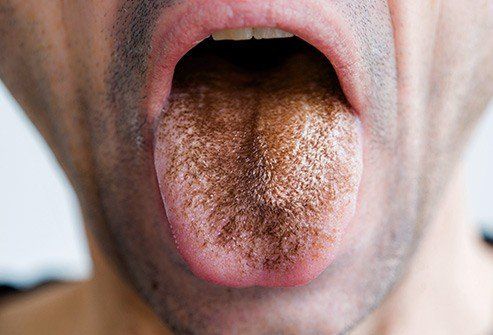
Hairy tongue can be black in color. But your tongue can also go dark after you take an antacid with an ingredient called bismuth. For some people, it stains the tongue black when it mixes with saliva. It’s harmless and goes away once you stop taking the medicine.
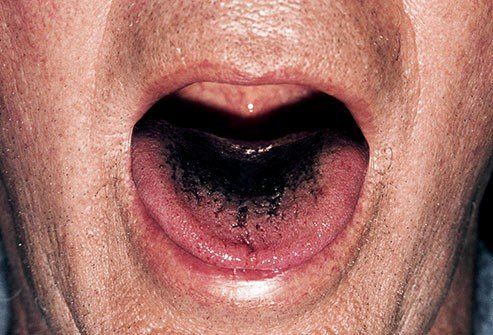
A strawberry-red tongue could be an early sign of Kawasaki disease, a rare, serious illness that inflames blood vessels all over the body, most often in children. It’s also a symptom of scarlet fever. If your red tongue is also smooth and you have pain in your mouth, it might be a sign that your body doesn’t have enough vitamin B3.

If your tongue feels like you scalded it with hot coffee and tastes metallic or bitter, you may have burning mouth syndrome. It might mean a problem with the nerves in your tongue. Some health problems, like dry mouth, infections, acid reflux, and diabetes may cause it, too. For some people, acidic foods like pineapple as well as toothpaste, mouthwash, candy, or gum also make their mouth burn.
A tongue without any small bumps on the top may look glossy red. You may get it if you don’t get enough of some nutrients like iron, folic acid, or B vitamins. Infections, celiac disease, or some medications can also cause it. If you have patches of smooth areas next to bumpy ones, it could be geographic tongue. The spots can come and go, and sometimes they hurt or burn. It's harmless, but it could be linked to psoriasis or lichen planus.
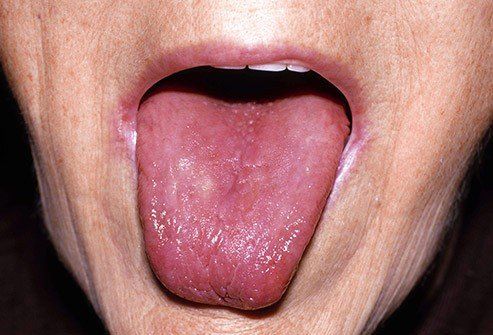
Under the tongue is a common spot for canker sores (shown here) -- small, painful, reddish bumps that come and go on their own. A single, painful bump at the tip could be transient lingual papillitis, “lie bumps,” which can pop up if your tongue gets irritated. A virus can also cause lots of little bumps on the tip and sides. If you have a lump on or under your tongue that hurts and doesn’t go away, let your doctor or dentist know. They’ll want to check you for oral cancer.
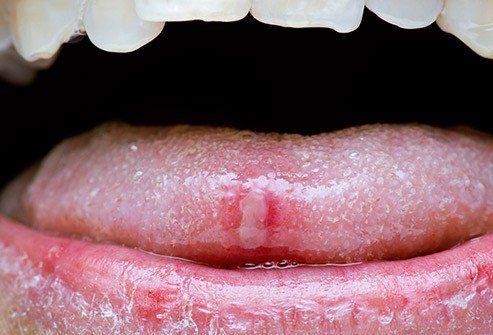
Your tongue has lots of nerve endings, so it can really hurt if you bite or injure it. Canker sores, lichen planus (shown here), thrush, and geographic tongue can cause pain. Some medications and infections can make your tongue sore, too. Sometimes pain in your tongue can be a sign of cancer, especially if you also have a lump or red or white patches. Bring those problems up with your doctor or dentist.
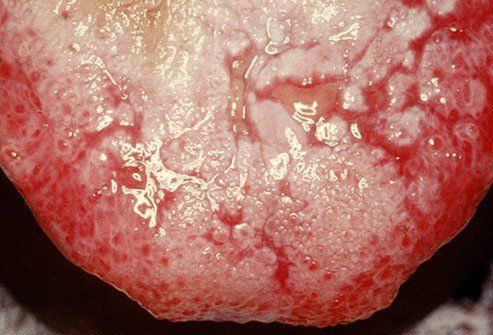
IS YOUR TONGUE TOO BIG FOR YOUR MOUTH?
You may have Microglossia. It’s when your tongue is too big compared to the rest of your mouth. It can take up so much room that your doctor might find imprints of your teeth on its sides. Your doctor will try to figure out and treat the underlying condition, which may be hypothyroidism, an infection, or allergies, among others.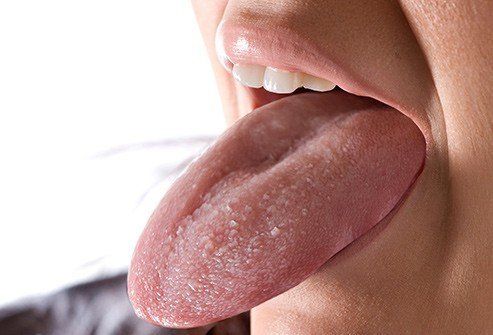
Deep grooves can form on your tongue as you age. They also are linked to Down syndrome, psoriasis, and Sjögren's syndrome. They’re harmless, but you should gently brush your tongue to clear food and bacteria. The grooves might get better when your doctor treats the condition that’s causing them, if there is one.

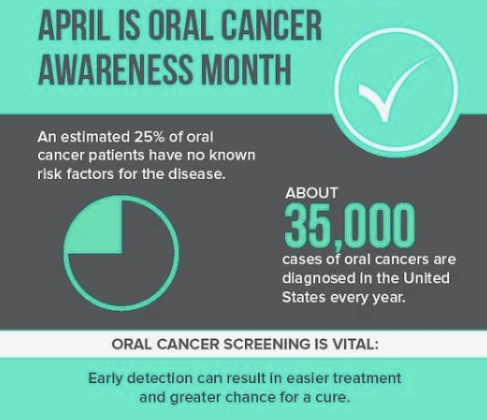
Contact us!
https://www.fabuloussmilesdental.com/contact
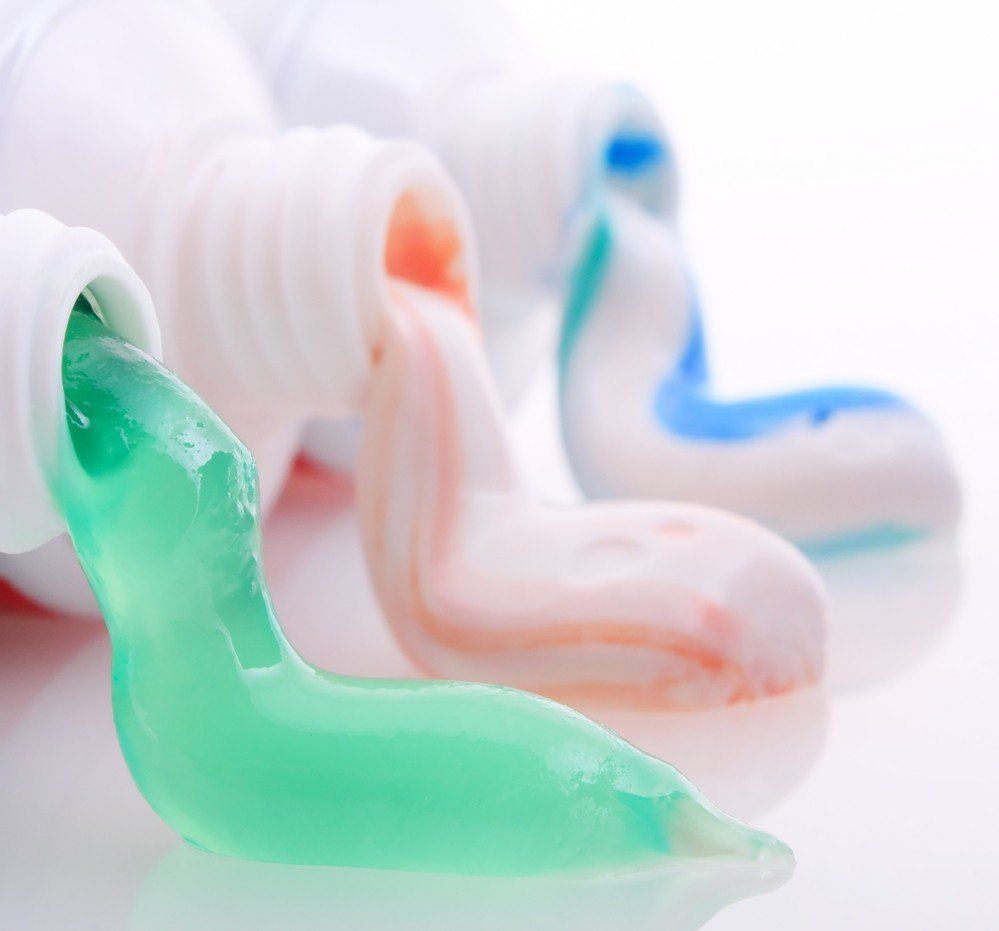
ADA Approval
First, make sure you choose a product approved by the American Dental Association and displaying the seal on its packaging. There are plenty of fluoride-free, organic, and all natural options tested by the ADA for both safety and effectiveness at keeping the teeth clean. Products without these seals have not necessarily been tested for their claims and quality, so you’re gambling with the health of your mouth by using them.
Focus on Needs
Consider what your teeth need the most to choose a toothpaste with the right extras. Whitening toothpaste can’t always replace professional whitening from a dentist, but it does work to prevent surface stains that cause your white smile to lose its brightness after treatment. Most toothpastes tend to target one of more of the following conditions or needs:
- Sensitivity, in the gums and teeth, from mild to severe pain
- Fluoride products are essential for kids, adults who don’t get enough of it in their diet, and people with diabetes and many other conditions
- Anti-cavity, which most products cover but which should always be checked
- Anti-gingivitis, ranging from over the counter to prescription products for healthier gums.
Watch Out!
There are a few products you don’t want to use on your teeth, and they’re often sold as cosmetic products rather than medically tested toothpaste. Any whitening toothpaste with a very abrasive ingredient, ranging from natural walnut shell to plastic microbeads, can leave your teeth with enamel damage that is permanent and hard to treat. Activated charcoal powders can also discolor teeth along with eroding your enamel. Look for toothpaste products that reinforce enamel rather than damaging it.
Picking a Toothbrush
Of course, the toothpaste still needs to be applied to the teeth with the right tools to effectively protect you from cavities and gum disease. The wrong toothbrush can damage your enamel, scratch your gums, or fail to remove trapped food from between your molars. Only use soft bristled brushes unless given advice from your dentist to the contrary. For most people, stiff bristles are too hard for their gums. The tip of each bristle should be rounded and not pointed or square so that food debris and tartar comes loose with each sweep. Replace your brush every three months even if it still looks new and fresh since bacteria can build up over time.
Need more advice about what to do to take care of your teeth? Make an appointment with your dentist for a routine cleaning or a timely inspection. You can discuss your concerns without feeling rushed and determine if your current oral health practices are sufficient for keeping your smile bright, healthy, and strong.


